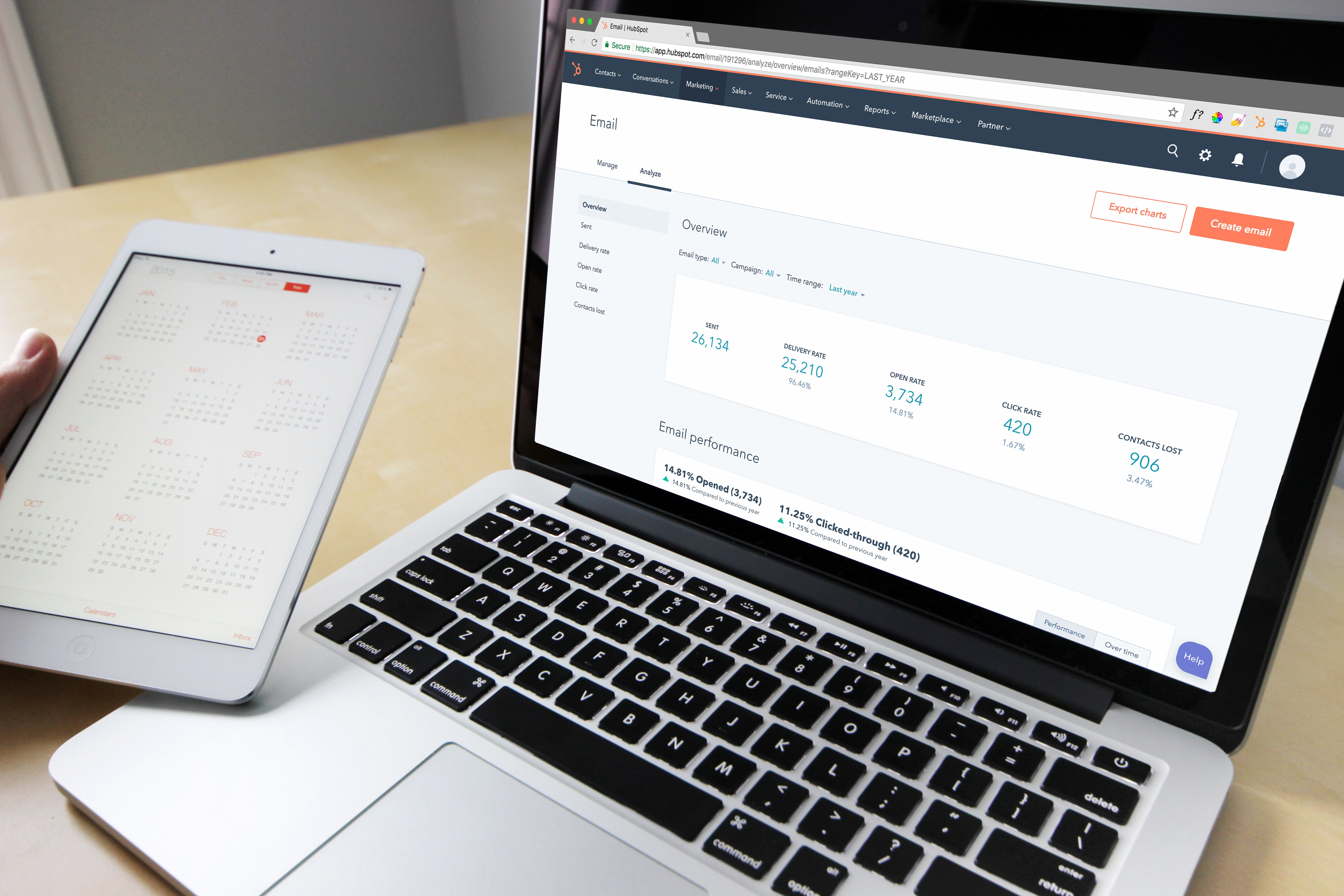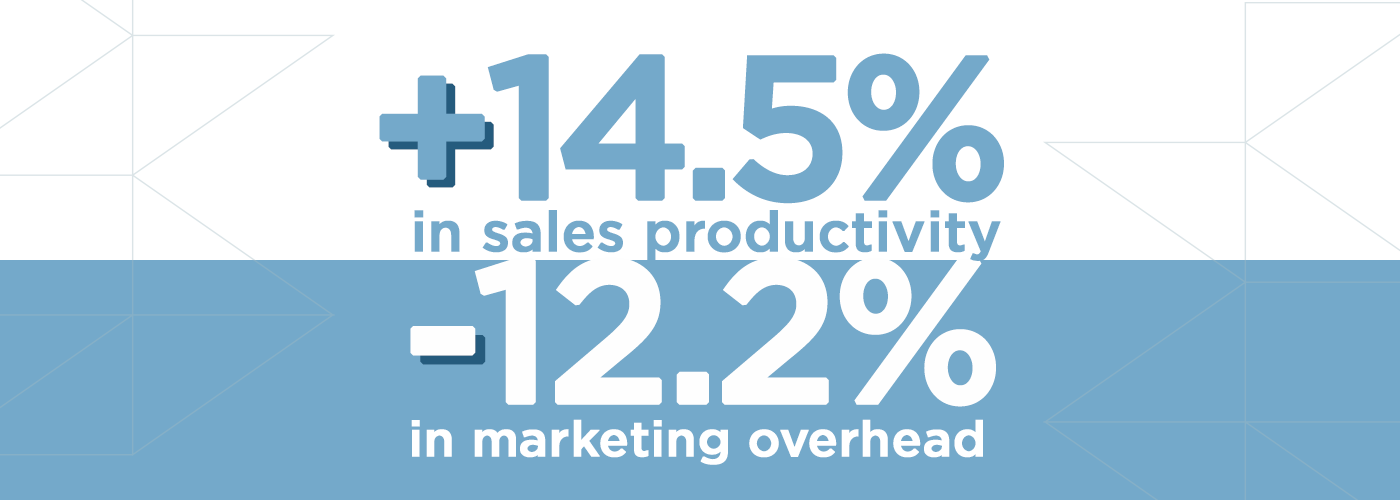
Does this conversation sound familiar?
“Hey Bob, have we implemented marketing automation yet?”
“Do you mean Salesforce?”
“Well, Salesforce can be part of it, but I mean the software that automatically sends out our content?”
“What content?”
Bingo. The single biggest problem with marketing automation isn’t that you don’t have it yet (we’ll get to that) or that you aren’t using your system to your full advantage (we’ll get to that, too)—it’s that you don’t have even a fraction of the content needed to properly feed a marketing automation system. But you guessed it: we’ll get to that, too.
First, let’s make sure we’re all speaking the same language.
What is marketing automation?
Salesforce defines marketing automation as “technology that manages marketing processes and multifunctional campaigns, across multiple channels, automatically.” In other words, it’s a software platform that houses your contacts and your content, and has the power to not only automatically reach those contacts with that content, but also track their behavior in response to it.
It’s designed to help with hundreds of tasks that grow more complex by the day, including lead nurturing, lead scoring, message optimization, and digital marketing.
“Marketing automation drives a 14.5% increase in sales productivity and a 12.2% reduction in marketing overhead.”—Nucleus Research

So, why don’t you have marketing automation yet?
There are plenty of reasons marketing teams haven’t implemented a full marketing automation platform yet. Ironically, the implementation itself seems complex, especially inside a big company, even though it was developed to simplify things.
As with a lot of programs, the root of the problem is change management. If you’re already using Salesforce, awesome! The company owns a marketing automation solution called Pardot, which integrates seamlessly with the Salesforce dashboard you’re used to. Other automation programs, like HubSpot, also mesh well with Salesforce. (Full disclosure: Kreber is a HubSpot partner.) If you’re ready to take advantage of marketing automation, you just need two things: buy-in from sales and marketing, and the will to get started.
If you don’t already use Salesforce or another system like it, you have a slightly steeper hill to climb—but remember that these programs exist to make your life easier. Once you’ve committed to bringing one on board, here are a few things to look for when evaluating your options:
- On-demand customer service. In our book, it’s a non-starter if a company won’t dedicate resources to help you succeed.
- Continuous training. For example, HubSpot Academy offers dozens of quick online lessons to help you and your team stay up to date and in the know.
- Real-time results. Any good platform should deliver live results via an easy, web-based interface so you can tell your boss often how great things are going.
- Flexible rates. We know that budget is always a consideration. Look for a service that will work with you to provide tiered offerings that match your budget today. Once you see how well the system works for you, you can upgrade to more robust tools.
How to realize all the benefits
Remember the conversation between Bob and his co-worker at the beginning of this post? They’re already using Salesforce…but they’re not sure what else it can do. As with most technology (and even our brains!), we’re only taking advantage of a fraction of the knowledge on a given day or for a given project. Isn’t it time we got more for our money?
We suggest dedicating an internal resource to discover and master all that your current system (or a new one) can do for you. Not possible? Of course it’s not! You’re all way too busy for that! So, find a partner who can do it for you. (Did I mention Kreber is a HubSpot agency?) Let them investigate the intricacies of the platform’s CRM capabilities, the process of content scheduling and publishing, how many users can be added, and how to integrate (or migrate) the system to monitor your company’s website analytics.
The truth is, marketing automation has the potential to free you and your team from the monotonous and time-consuming duties of campaign deployment so you can focus on bigger things, like the next product launch or industry event.
Resistance is futile. You already know you need this for the health and future of your business. Align the right resources to help you bring it in-house, maximize its potential, and measure the returns. Once your business feels the proven impact of marketing automation, you’ll wonder why you waited so long.
Feed that content machine
Okay. You’ve got a marketing automation platform locked and loaded. Employees are being trained. Workflows are being developed. The C-suite is behind you. Your content is ready.
Err, wait. Is your content ready?
Unfortunately, we’ve heard horror stories about companies that are ready to go with an inbound (or outbound) campaign, only to realize the small amount of content they’ve created won’t be nearly enough to feed the sales funnel for the next six months. They need content—images, blogs, social posts, digital ads in every size, e-books, white papers, and more—and they need it fast.
A wealth of content is the only way to make sure your marketing automation system delivers the return you expect. And the only way to produce that content is to either hire a massive team of dedicated in-house content creators, or (you knew this was coming) hire the right partner to do it for you. Here's how our team makes all that content hum.
No matter how you want to position yourself—as an innovator, a thought leader, a renegade, all three, or something else—your content is the tool that carves out and solidifies that marketplace position. And your marketing automation software is the technology that makes sure the right targets see that content at the right time and in the channels they frequent most.
In today’s environment, it’s in your best interest to choose a platform and learn to use it; fill it to the brim with relevant content; test, learn, and optimize campaigns based on the results you’re seeing; and enjoy your newfound freedom to focus on what’s next.
Marketing automation is here to save us. We just have to let it.



.jpeg)